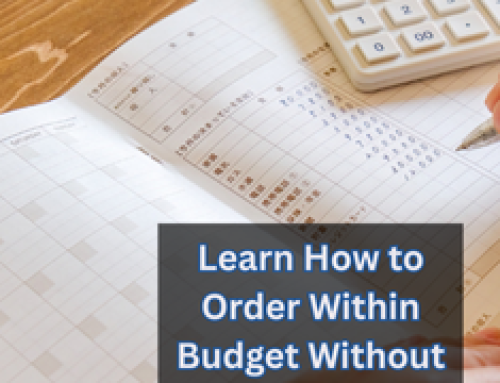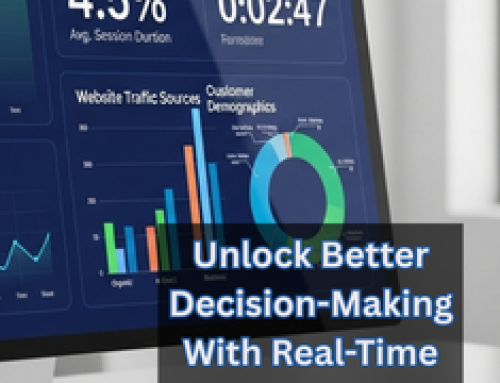Most operators don’t know they’re overpaying until it’s too late. Vendor prices change often — and rarely in your favor. Without a system in place to monitor and compare pricing across multiple vendors, small shifts in cost can lead to large gaps in profitability over time.
In this article, we’ll explore how vendor price comparison works, why it’s essential for managing food and bar cost, and what makes NxtEdge uniquely equipped to support operators in this area.
Why Vendor Price Comparison Matters in Hospitality
According to a recent study by the National Restaurant Association, the average restaurant spends between 28% and 35% of its revenue on food and beverage costs. Even a 5% shift in pricing on your top 25 items can lead to thousands of dollars lost or saved annually.
But here’s the problem:
- Vendor pricing is dynamic — it changes based on pack size, substitutions, seasonal availability, and delivery schedules.
- Most operations still rely on static price lists or manual checks during invoice entry — which are too late to change the purchase decision.
- Many teams don’t have time to compare vendor options line by line, especially if pricing is buried in PDFs or emails.
That’s why real-time vendor price comparison is no longer a luxury — it’s a requirement for cost control.

Key Components of an Effective Price Comparison Process
Effective vendor price comparison requires more than just looking at unit cost. It includes:
- Pack and Size Normalization
A 25 lb case vs. a 20 lb case at a lower price per unit may look cheaper — but it’s not always the better buy. - Invoice Trend Tracking
Reviewing past invoices helps reveal patterns in price creep, vendor substitutions, and inconsistencies in billing. - Product-to-Product Matching
Comparing like items across multiple vendors helps you avoid biased purchasing based on name brand or rep loyalty. - Visibility Before You Order
Comparing before the order is placed gives your team the ability to make intentional choices, not reactive ones.

What Makes NxtEdge Unique in This Space
NxtEdge was built with operators in mind — especially those without full-time purchasing teams or dedicated data analysts.
Unlike general procurement software, it’s purpose-built to:
- Automatically match and normalize items across vendors
- Track vendor price history over time
- Compare prices per unit, by pack, or by weight
- Surface potential savings before the order is placed
- Flag discrepancies on the invoice for follow-up
Instead of asking operators to search for better pricing, NxtEdge brings the comparison to the surface — daily, automatically, and clearly.

Key Takeaways
- Food and beverage costs are one of the most variable and impactful expenses in hospitality.
- Without consistent price comparison, it’s nearly impossible to identify when you’re overpaying.
- Even small pricing shifts can lead to significant cost differences over time — especially when scaled across multiple locations or high-volume products.
- Software like NxtEdge streamlines the process of vendor price comparison, helping operators make smarter purchasing decisions with less effort.





